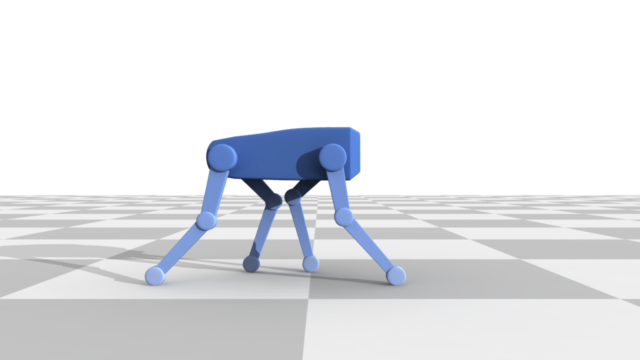Task-based Limb Optimization for Legged Robots
In this paper, we propose such a model to codesign the motion and leg configurations of a robot such that a measure of performance is optimized.
October 11, 2016
IEEE/RSJ International Conference on Intelligent Robots and Systems (IROS) 2016
Authors
Sehoon Ha (Disney Research)
Stelian Coros (Carnegie Mellon University
Alex Alspach (Disney Research
Joohyung Kim (Disney Research)
Katsu Yamane (Disney Research)
The design of legged robots is often inspired by animals evolved to excel at different tasks. However, while mimicking morphological features seen in nature can be very powerful, robots may need to perform motor tasks that their living counterparts do not. In the absence of designs that can be mimicked, an alternative is to resort to mathematical models that allow the relationship between a robot’s form and function to be explored. In this paper, we propose such a model to codesign the motion and leg configurations of a robot such that a measure of performance is optimized. The framework begins by planning trajectories for a simplified model consisting of the center of mass and feet. The framework then optimizes the length of each leg link while solving for associated full-body motions. Our model was successfully used to find optimized designs for legged robots performing tasks that include jumping, walking, and climbing up a step. Although our results are preliminary and our analysis makes a number of simplifying assumptions, our findings indicate that the cost function, the sum of squared joint torques over the duration of a task, varies substantially as the design parameters change.

